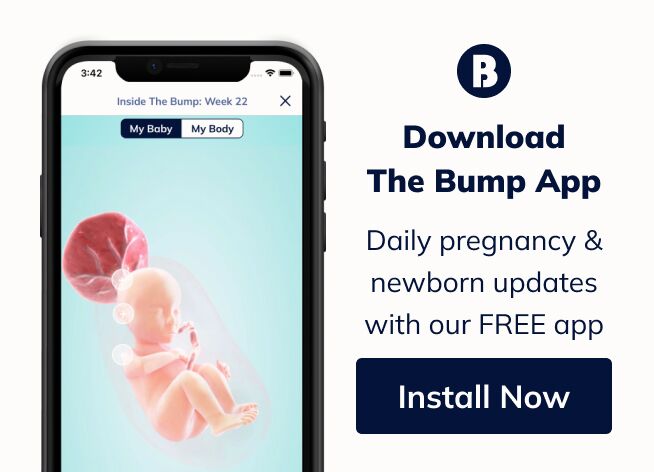Homeschooling
 XCrissCrossX
member
XCrissCrossX
member
Teaching Reading
This discussion has been closed.
Choose Another Board
Search Boards
TOP ARTICLES







Re: Teaching Reading
If so, I'd just start talking about letters and words at every opportunity. Talk about the fact that letters makes sounds just like animals Once LO knows the most common sound for each letter (short vowel sound for vowels and the consonant sounds), then you can start teaching CVC words
Here is a list of various phonics/beginning reading curriuculums. The National Right to Read Foundation used to have an amazing primer, but I wasn't smart enough to save it. They've redesigned the website and I can't find it now.
We will use the Veritas Press Phonics Museum. Other contenders are Ordinary Parents Guide to Teaching Reading, Teach Your Child to Read in 100 easy lessons, Phonics Pathways, and more.
I hope some of this helps.
ETA: If you can't tell, I am a believer in using phonics to teach reading, rather than sight words/whole words. If you would prefer a whole words approach, perhaps someone else can help.
We start with letter sounds first. Then move to CVC words. Then I introduce the difference between long and short vowels. Then we start with a phonics program. I've been using Lippincot Phonics workbooks with my boys and love them. We got them at an elementary school closing sale for next to nothing and they are perfect.
We do some sight word memorization for things that don't exactly make sense phonetically and are used frequently. I have packs of blank notecards and when those tricky words come up and are confusing my kid, I make a card for them and add them to the stack.
GSx1 - 05/13/2013
GSx2 for T&B - EDD 6/21/2015 - They're having a GIRL!